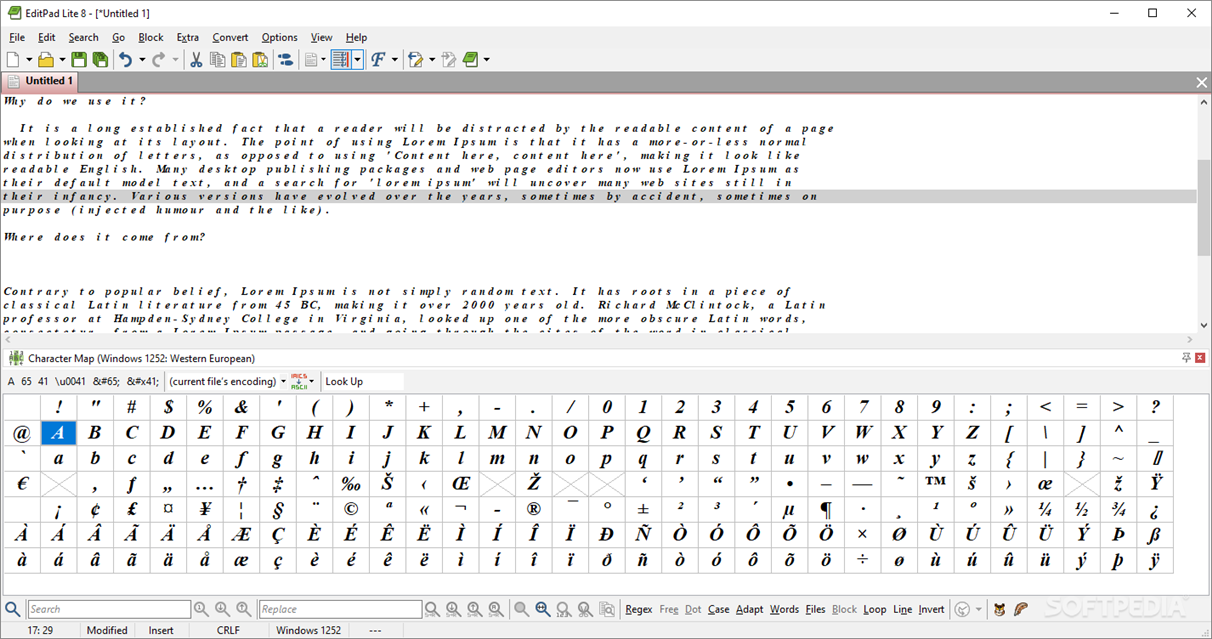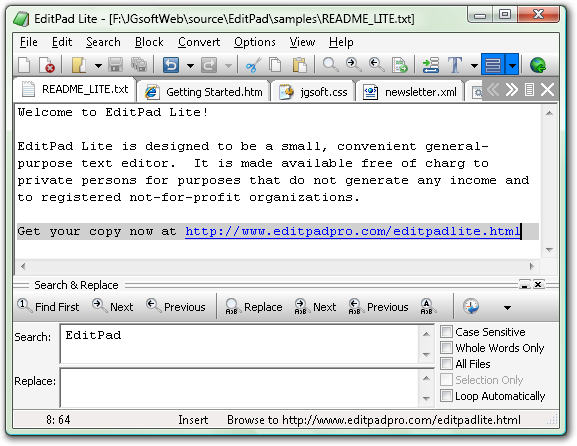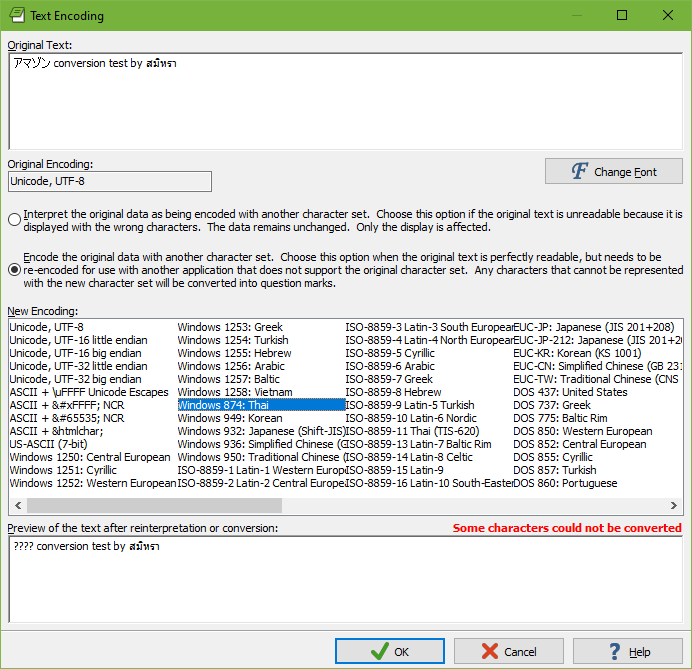


#Editpad lite shift jis software
SPLUNK_HOME/etc/ngram-models/_vulcan-ISO-12345.txtĪfter the sample file is added to the specified path, Splunk software recognizes sources that use the new character set and automatically converts them to UTF-8 format at index time.Ĭomprehensive list of supported character sets To manually specify a character set to apply to an input, set the CHARSET key in the nf file: If you have a Splunk Enterprise deployment, you can edit this file in your Splunk Enterprise deployment. If you have a Splunk Cloud Platform deployment, edit your nf file on your forwarder. To manually specify a character set, you need to edit the nf file. The following table shows a short list of common supported character sets and the languages they correspond to.įor more supported character sets, see the Comprehensive list of supported character sets section later in this topic. Splunk software supports a wide range of character sets, including the following key character sets: A port for iconv on Windows is available. You can retrieve a list of the valid character encoding specifications by using the iconv -l command on most *nix systems. If a source doesn't use UTF-8 encoding or is a non-ASCII file, Splunk software tries to convert data from the source to UTF-8 encoding unless you specify a character set to use by setting the CHARSET key in the nf file. Splunk software attempts to apply UTF-8 encoding to your sources by default. Splunk software supports many languages, including some that don't use Universal Coded Character Set Transformation Format - 8-bit (UTF-8) encoding. Splunk software has built-in character set specifications to support internationalization of your deployment.

You can configure character set encoding for your data sources.


 0 kommentar(er)
0 kommentar(er)
